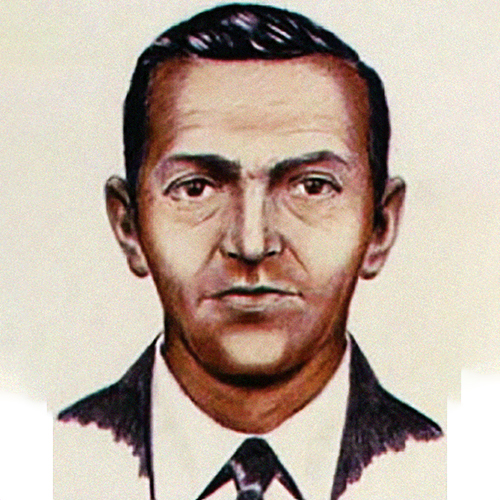When Papal Officials Thought at a Good Use of Their Time to Put A Corpse On Trial
The Cadaver Synod
Whatever one’s views on the virtues or otherwise of the modern Roman Catholic Church, it can’t be denied that today’s breed of popes are a fairly well-behaved bunch. Popes, by and large, act in the way in which popes are expected to act. But it was not always thus: For quite a large chunk of the church’s history, it seemed as if popes were selected exclusively from the ranks of humanity’s most dedicated and energetic scoundrels, cheats, thieves, fornicators and murderers. Indeed, it was often their talents for corruption and violence that won them the papacy in the first place — and once in, they weren’t shy about deploying every dirty trick at their disposal to stay there. It was in this atmosphere, in the late ninth century, that the church hit a real high point, when one pope had the corpse of another one dug up so he could put it on trial, in what became known as the Cadaver Synod.
Between the years 872 and 965, more than two dozen popes came to power — and more often than not, left again with all possible speed. The jockeying for the top job resembled a roller derby, and it was in this fevered climate that Pope Formosus grabbed the big chair, amid accusations he had attempted to undermine his predecessor and execute a coup. He was also accused of dodgy dealings when he was a bishop — fortunately, today, the idea of a bishop behaving immorally is unthinkable, but back then it was quite common.
Part of a pope’s job in the Dark Ages was political intrigue, and Formosus participated enthusiastically, inviting Duke Arnulf of Carinthia to invade Italy and crowning him Holy Roman Emperor — a much coveted title that nobody ever quite understood. Such actions made Formosus plenty of enemies, all of whom were pretty pleased when, five years into his reign, Formosus Poped his clogs in 896.
Formosus was succeeded by Pope Boniface VI, who disappointed his many fans by dying about two weeks later. Boniface was succeeded by Stephen VI, who decided his first order of business would be to make clear to everyone that Formosus’s shenanigans would not be tolerated. In January 897, seven months after Formosus’s death, Stephen VI had the ex-pope exhumed and brought to the papal court for judgment.
The body of Formosus was propped up on a throne, and everyone did their best to ignore the smell, which must have been pretty overwhelming, even for a historical period known for its utter lack of hygiene. The man was in no condition to answer questions, of course, so a deacon was appointed to answer for him, and, to make his job easier, given the answers beforehand. After a series of questions from Stephen, such as “When you were bishop of Porto, why did you usurp the universal Roman See in such a spirit of ambition?” — which left the corpse embarrassingly flummoxed. Formosus was pronounced guilty, a verdict which most neutral observers agreed was entirely fair. He was stripped of his vestments, all of his acts and ordinations were declared invalidated, and the fingers of his right hand that he had used for blessings were cut off before the much abused body was thrown in the River Tiber.
Incredibly, after the Cadaver Synod, Pope Stephen found his decision to dig up a dead body and put it on trial led to a dip in his popularity, especially after Formosus washed up on the riverbank and, according to witnesses, began to perform miracles. Stephen was deposed, imprisoned and strangled by year’s end, maintaining the continuous action of the Vatican’s revolving door.
In December 897, Pope Theodore II annulled the Cadaver Synod and ordered Formosus be reburied in Saint Peter’s Basilica. Later, Pope John IX convened a synod which prohibited trials of corpses, thus dashing hopes that Catholicism would stay this entertaining forever. But history buffs will forever have the Cadaver Synod to hold on to: a reminder not only of a time when the most powerful men in the world thought cross-examining corpses was a reasonable use of their time, but of the fact that history, by and large, is much more insane than most people think.
Not that we’re saying you should ever take the “word” of any exhaulted religious leader without a healthy dose of salt. Understanding that, you may consider the New Advent version of Formosus’ history. Just remember that salt itself has an austere Biblical history, should religious research become your lot.
Finis.




















